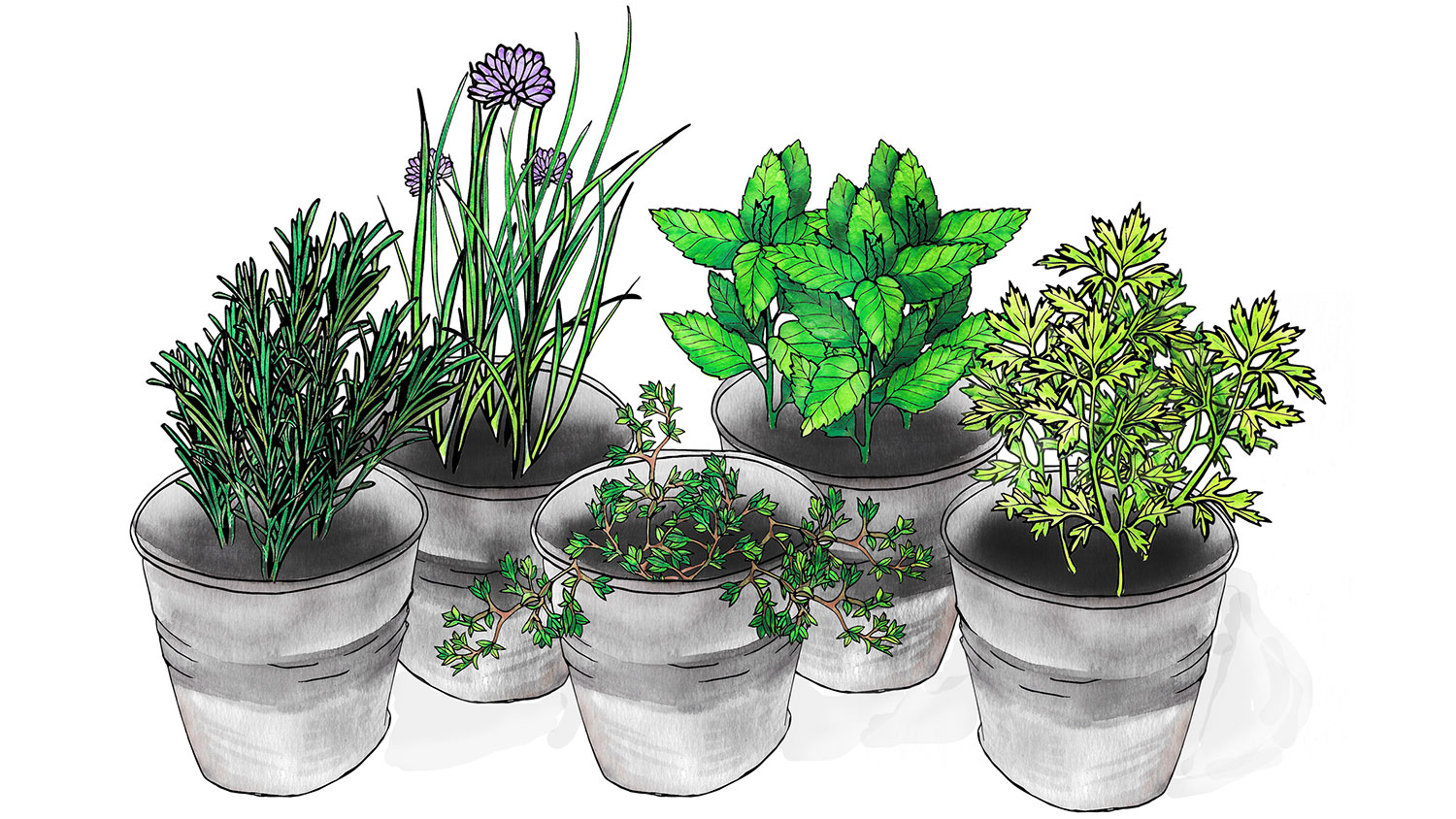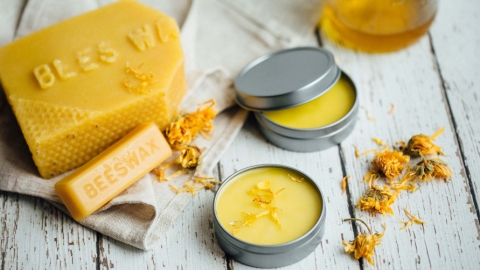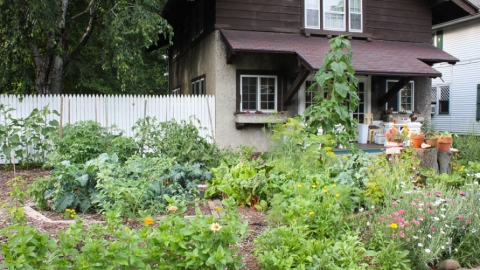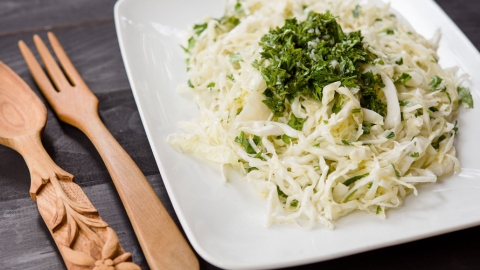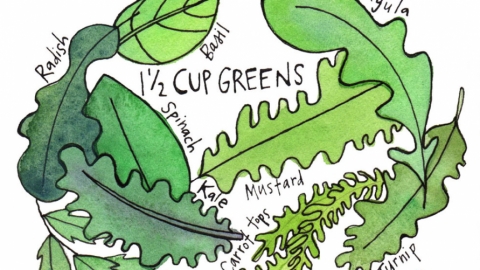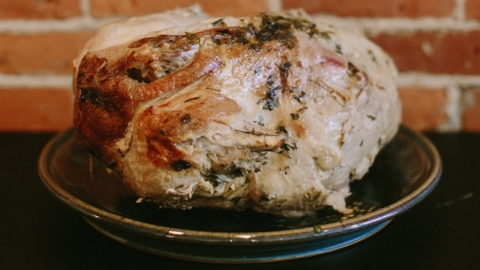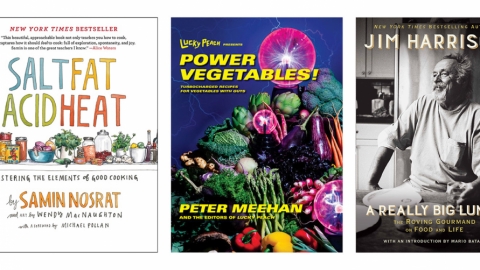Invite summer’s herbs to spend the winter indoors with you
Hunkered down in a Michiana blizzard, snow tapping on my kitchen window, I simmer a soul-warming pot of soup to stave off the winter blahs and nourish myself. Just as the early nightfall ushers in a new wave of melancholy, I spot a flash of green in my periphery.
The faint smell of crispness wafting toward me serves as a small reminder that life still exists in a seemingly barren season. As I reach into the windowsill to pinch off a few sprigs of rosemary and thyme to sprinkle into the stockpot, my spirit—and my dinner game—is instantly elevated.
When everything is hibernating outside, I’ve found that having access to fresh herbs makes all the difference. You, too, can grow indoors all winter long. This simple, holistic practice lightens your mood, refreshes your feng shui and adds brightness to your plate.
Best Herbs to Grow
Mint grows like a weed, so potting this enthusiastic herb indoors keeps it from running amok all over your yard. Mint also thrives in shade, but make sure it still soaks up a daily dose of vitamin D to give it a little extra encourage-mint.
Chives are low maintenance, as they do not require much light and are prolific in their production. Regular harvesting helps chives to produce more freely, reminding us to be more generous in our giving this season.
Parsley is the absolute easiest herb to grow indoors and will garnish your home with life. It may get off to a slow start, but doesn’t require a lot of upkeep and isn’t picky about what window it resides by.
Rosemary is hardy and doesn’t mind being cooped up inside all winter. This aromatic herb is also a natural air freshener and prefers to remain on the dry side, making it perfect for the aridity of the season.
Thyme perfectly complements winter stews and roasts, pairing especially well with the wild game you plan on cleaning out of the freezer this winter.
Tips for Success
Plants. Starting herbs from seeds for a life indoors can be difficult without the sanctuary of a greenhouse. Consider buying smaller, already established plants from your local nursery or garden center. Some herbs can even be dug up from your backyard and transplanted indoors.
Spacing and placing. A sunny, south-facing window is the best dwelling place for your newly planted herbs. Instead of planting them all in one pot, be sure to give each herb its own little abode. Four- to six-inch pots with drainage holes are choice, but feel free to follow your inspiration and get creative when designing your herb garden.
Soil. Don’t just dig up some dirt from the backyard. Visit your local garden center or nursery for some high-quality organic potting soil that’s better suited for indoor use to give your herb garden the nourishment it needs to thrive.
Humidity and watering. If you don’t have a humidifier, setting pots on a boot tray filled with small rocks and water helps to keep them from shriveling up, as does misting them with a spray bottle every now and then. How often your herbs need to be watered is a matter of observing and learning to read each plant. Over-watering herbs is one of the biggest blunders growers make, so a good rule of thumb is to let the soil dry between waterings.


